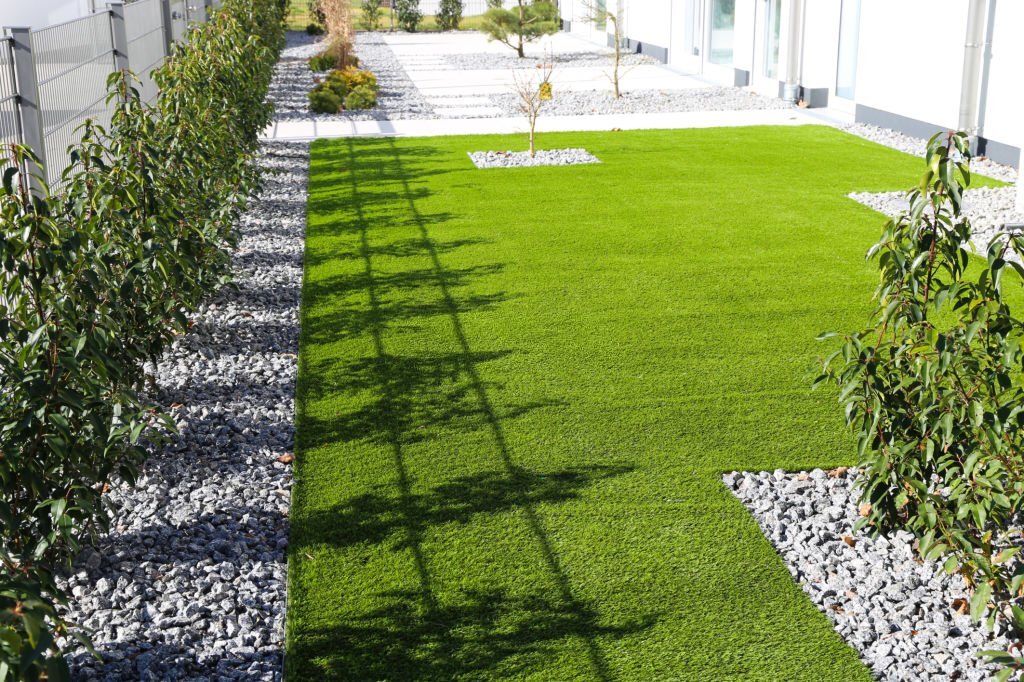The Green Guide: Tips and Tricks for a Lush, Healthy Lawn

A lush, healthy lawn can be the pride and joy of any homeowner. Not only does it enhance the curb appeal of your property, but it also provides a space for children and pets to play, and it can even increase the value of your home. However, keeping a lawn in tip-top shape can be challenging, especially if you’re confused about where to start. That’s why we’ve put together this “Green Guide” to help you achieve the lawn of your dreams.
Proper Mowing
One of the most important things you can do for your lawn is to mow it regularly and properly. Only cut one-third of the leaf blade at a time, as this can stress the grass. Also, keep your mower blade sharp, as a dull blade can tear the grass, leaving it more susceptible to disease. Aim to mow when the grass is dry, as wet grass can clump and leave uneven cuts.
Fertilization
Another factor of a healthy lawn is proper fertilization. The type of fertilizer you choose will depend on the type of grass you have, as well as the time of year. Generally, cool-season grasses should be fertilized in the fall and spring, while warm-season grasses should be fertilized in the summer. Be sure to follow the instructions on the fertilizer package, as over-fertilization can lead to an excess of nitrogen, which can burn your lawn.
Watering
Proper watering is essential for a healthy lawn. The key is to water deeply and infrequently. A general rule of thumb is to water your lawn about 1 inch per week. This can be achieved by watering for about 30 minutes to an hour or using a rain gauge to measure the amount of water your lawn receives. It’s also important to avoid watering during the heat of the day, as this can lead to evaporation and wasted water.
Aeration
Aeration is the process of removing small plugs of soil from your lawn, allowing oxygen, water, and fertilizers to reach the roots of the grass. This can be done with a manual aerator or a machine and is typically recommended once a year for most lawns. Aeration can help reduce compaction, improve drainage, and promote deeper root growth.
Weed Control
Weeds can be a nuisance on any lawn, but there are steps you can take to keep them at bay. The best way to control weeds is to prevent them from germinating in the first place. This can be achieved by maintaining a thick, healthy lawn, as weeds have a harder time establishing themselves in dense grass. If you do find weeds in your lawn, it’s important to identify them and use the appropriate control method.
By following these tips, you’ll be well on your way to achieving a lush, healthy lawn that will be the envy of your neighborhood. Remember, a little bit of TLC goes a long way when it comes to your lawn. Happy gardening!
